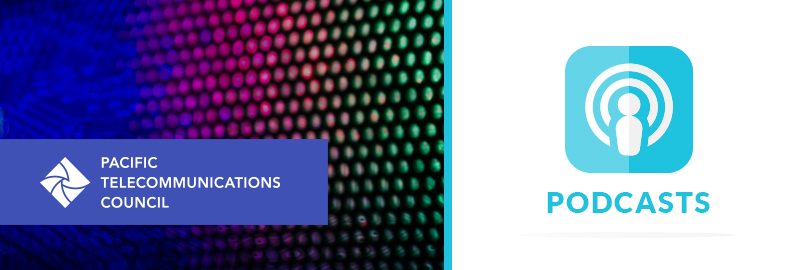

Interviewee:
Graham Evans, Chair, International Cable Protection Committee

Interviewee:
Denise Toombs, Partner, Environmental Resource Management (ERM)

Interviewee:
Scott McMullen, Chair, Oregon Fishermen’s Cable Committee
What you will learn in this audiocast (16min 39sec):
Subsea cable systems need to navigate many interacting demands and complexities.
In coastal areas, they are subject to regulatory requirements of permitting and environmental perspectives that weigh heavily in the case of proposed projects. Once deployed, subsea cables can face outage risks from commercial shipping and fishing activities.
Traditionally, in international waters, subsea cabling has enjoyed freedoms under Art 112 of the United Nations Convention on Law of the Sea (UNCLOS). This poses the questions, will this be retained, and in what form? How should the subsea cable operate as the sea floor is industrialized?
Subsea Cables vs. the Environment
On the high seas, defined as the ocean space between areas of national jurisdiction, new ideas and legislation may well further impact the subsea telecom industry. Environmental issues are building to protect the sea bed. Pressures to support Biodiversity Beyond National Jurisdiction (BBNJ) may increasingly rope off marine areas from any subsea telecom activity.
Subsea Cables vs. Commercial Interests
Deep sea mining both in its exploration and exploitation could pose a significant threat to the operation of existing cable systems and the routing of future ones. How should the subsea cable sector approach international negotiations to set future legislation?
In many parts of the world, the fishing industry and the subsea cable industry often enjoy an uneasy relationship; most cable breaks are the result of fishing activity. One case study from Oregon shows an unblemished record, perhaps exemplifying how the cable and fishing communities should interact.
Subsea Cables vs. Security
Finally, as major and critical elements of intercontinental infrastructure, subsea cables are seeing more attention given to security issues. While the threats may appear yet ill-defined, subsea cables have been weaponized at least once before. The First World War saw the opposing powers cut subsea cables for military benefit. Today, there are both virtual and physical security concerns in the subsea telecom world, and fears have been voiced that submarines are being equipped with cutters to sever subsea cable systems. Cybersecurity issues are also evident.
In this podcast, from Submarine Networks World in Singapore, interviewees discuss key current issues and look variously at what is likely to emerge in the current environment.







